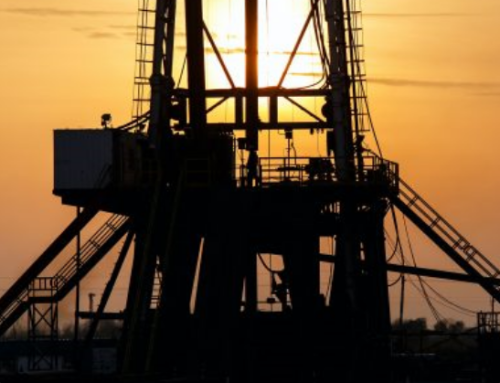In the past ten years, natural gas has made considerable leaps in its utilization for energy production. Now it produces more energy than any other sources, including nuclear and coal. But why this shift in the industry? What makes it better?
 Where does Natural Gas come from?
Where does Natural Gas come from?
First, let’s discuss where natural gas comes from and how it is utilized. Much like Petroleum products, natural gas is a fossil fuel and is drilled out of deposits in the ground. From there, it is processed and piped to the plants, where it is used to produce energy. The gas is then used instead of coal to generate electricity in large combined-cycle gas turbines (CCGT), a bit like a jet engine. The heat by-product from this first process is then utilized again by steam turbines to create more power. Gas is seen as an improvement from coal because it burns much cleaner than coal and can produce more energy with this two-prong system.
To help respond to market shifts in demand, natural gas can be stored in old oil reservoirs, salt caverns, and aquifer reservoirs. However, it can also be chilled down to a liquid state for transport, thus the common moniker liquid natural gas (LNG). While being transported, the natural gas will inevitably begin to warm and evaporate (boil-off). This vapor is captured and used to power the transport vehicles being used, typically ships and trains.
Environmental Impacts:
As mentioned before, natural gas is desirable because burning and transporting it is much cleaner than coal. However, some criticisms still plague gas. One issue is that through the entire process, there is leakage of methane. The environmental impact of methane can make gas as harmful as coal, although the research supporting this is not always consistent. Another major criticism is that natural gas still contributes to our carbon output at the end of the day. Many would prefer energy from renewable sources, but at the moment, the technology and infrastructure are not able to support that. Natural gas is a more flexible/responsive form of generation better suited to filling the holes left by renewable sources and still seems like a better option compared to coal, so switching to it can help bide time while we wait for other options.
The US As a Natural Gas Market Leader
Another strong market motivator for natural gas in the US is the discovery of gas-rich shale throughout the country. This is desirable as it makes the US independent for its gas needs and a player in the world market. The US ships LNG worldwide with aspirations to supply over 30% of European demand over the next ten years and to pipe natural gas to closer markets in Mexico and Canada. In fact, for the past three years, the US has been a net exporter making it a valuable part of America’s energy economy.
Conclusion
 With the enormous reserves on hand, low prices have made natural gas the new kid on the block, creating sizeable industry shifts. Natural gas now sets the price for electricity across much of the United States and is one of industry professionals’ main fundamentals to make energy purchasing decisions. Given the abundance of the resource in the United States, it will be a market indicator for years to come.
With the enormous reserves on hand, low prices have made natural gas the new kid on the block, creating sizeable industry shifts. Natural gas now sets the price for electricity across much of the United States and is one of industry professionals’ main fundamentals to make energy purchasing decisions. Given the abundance of the resource in the United States, it will be a market indicator for years to come.











